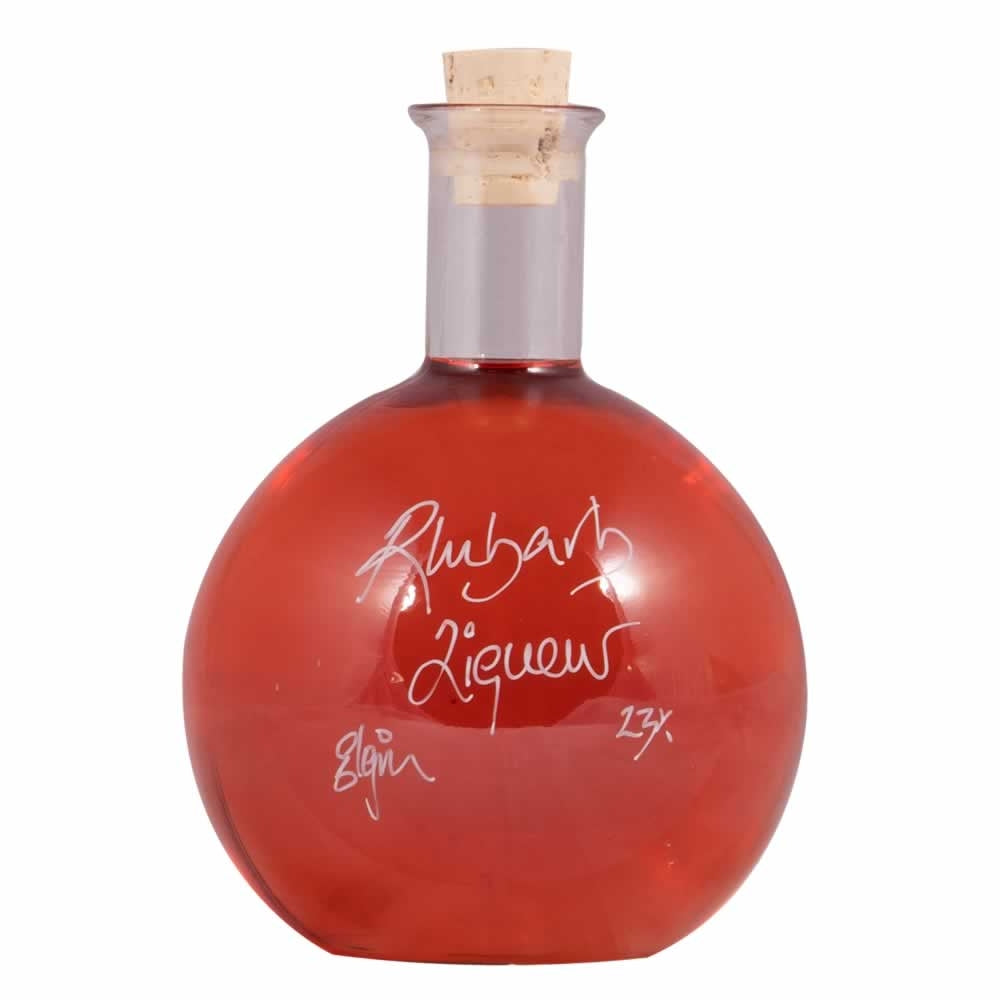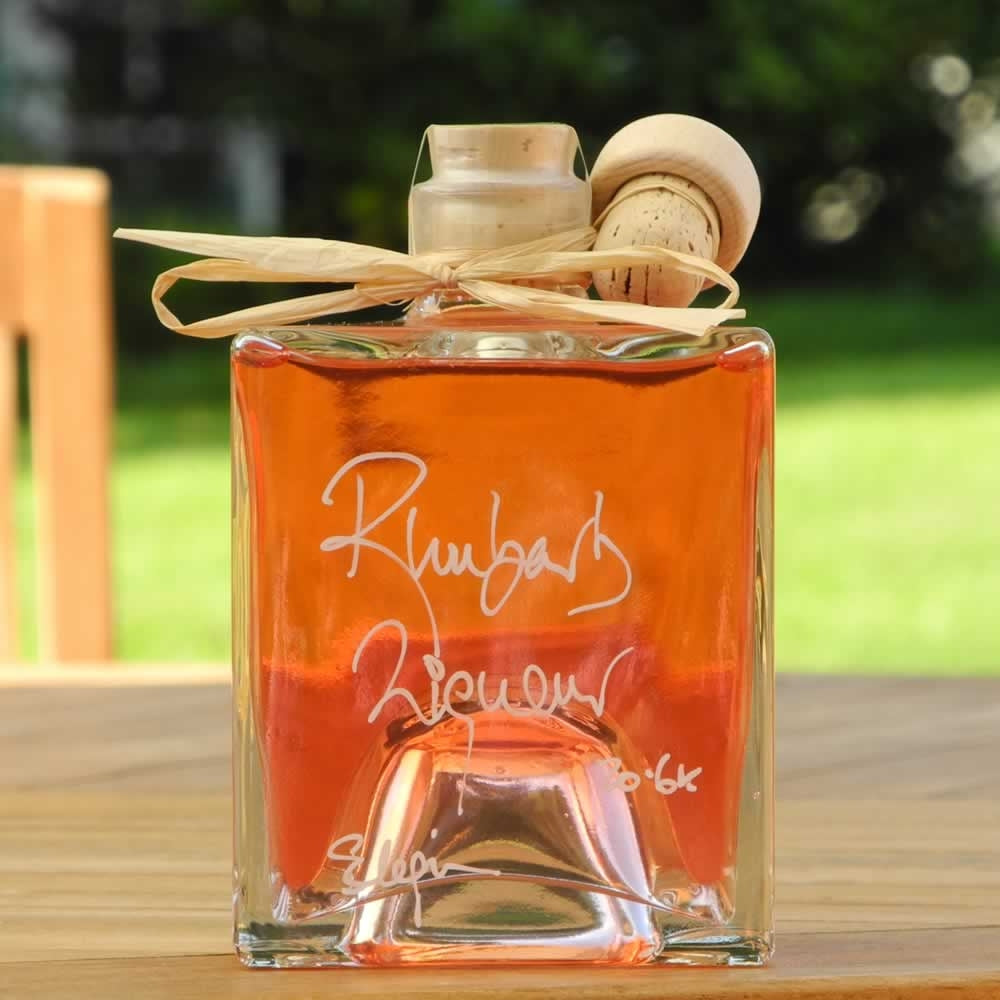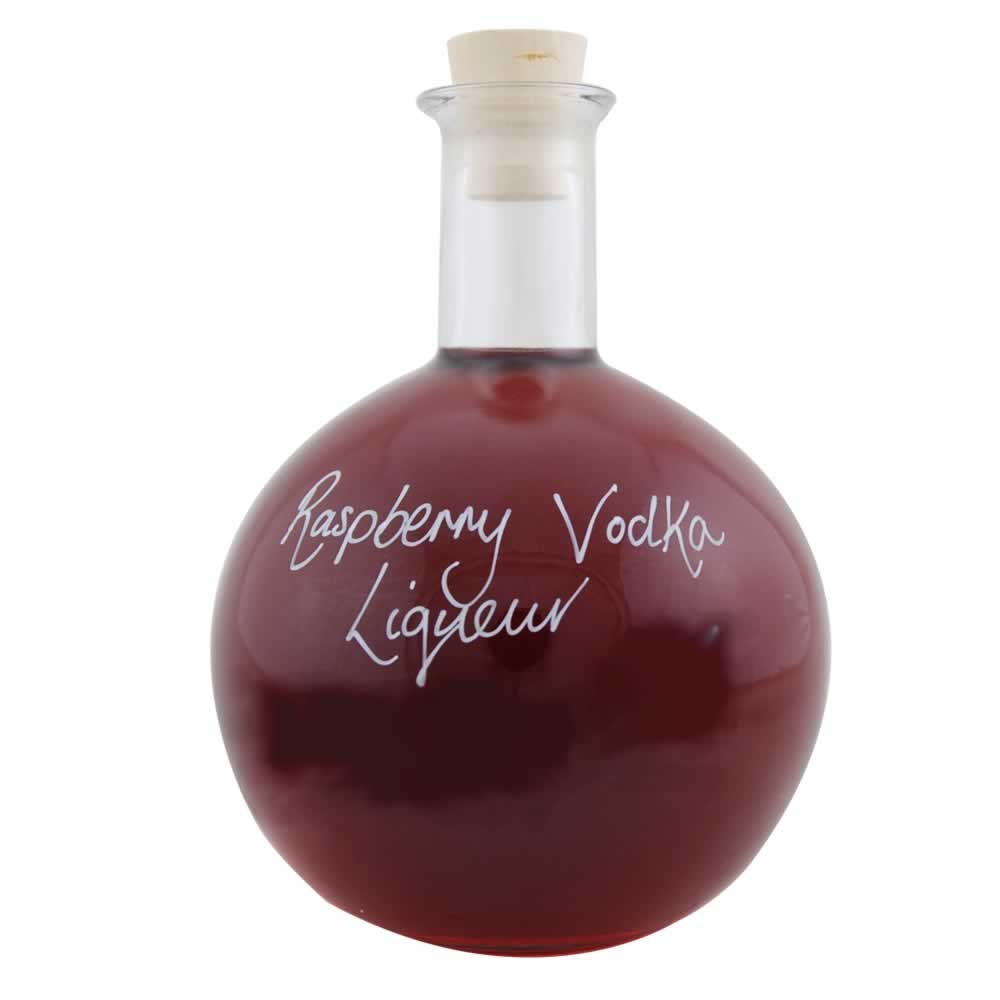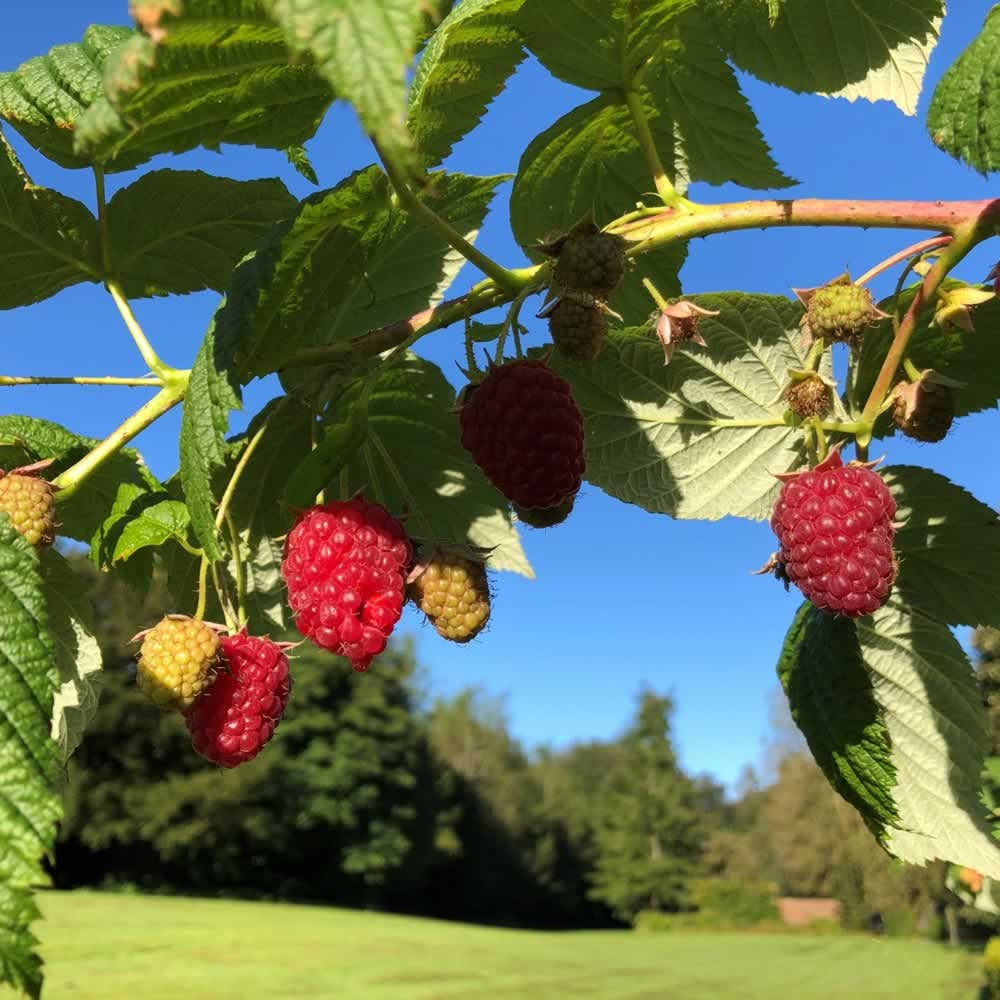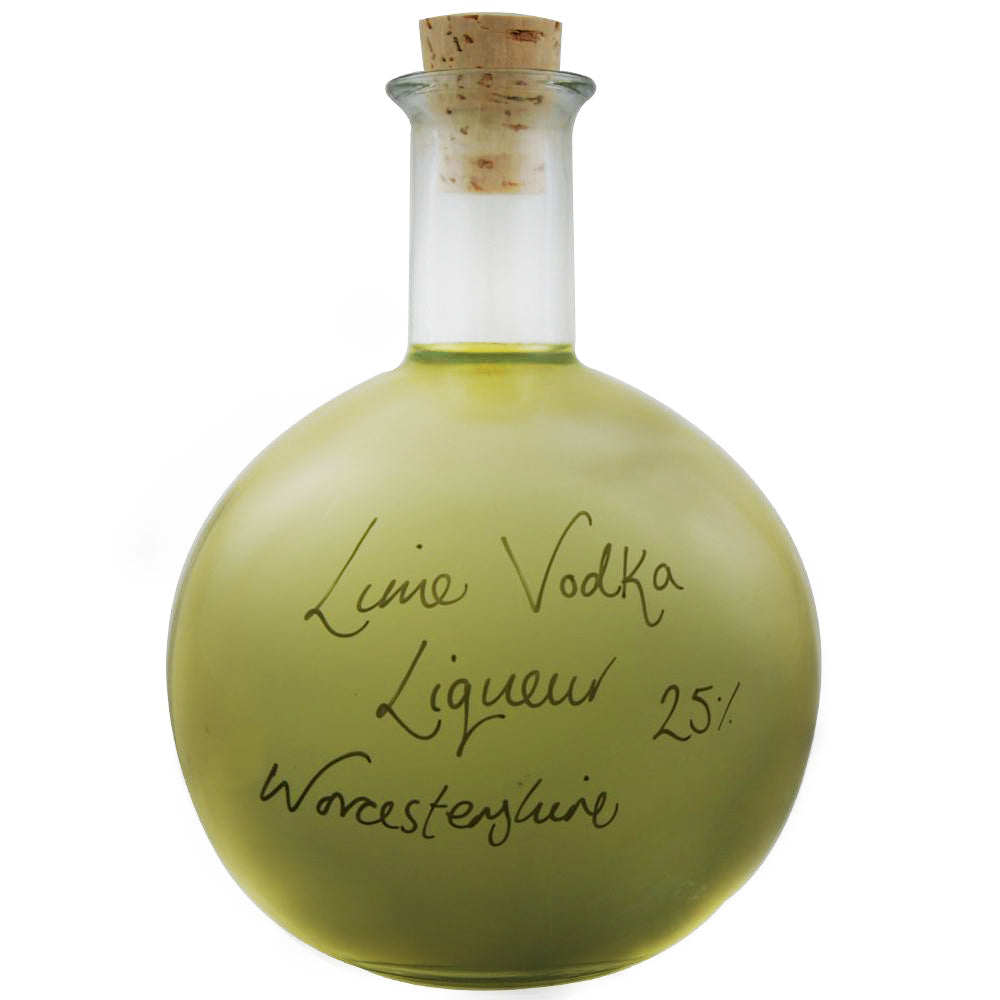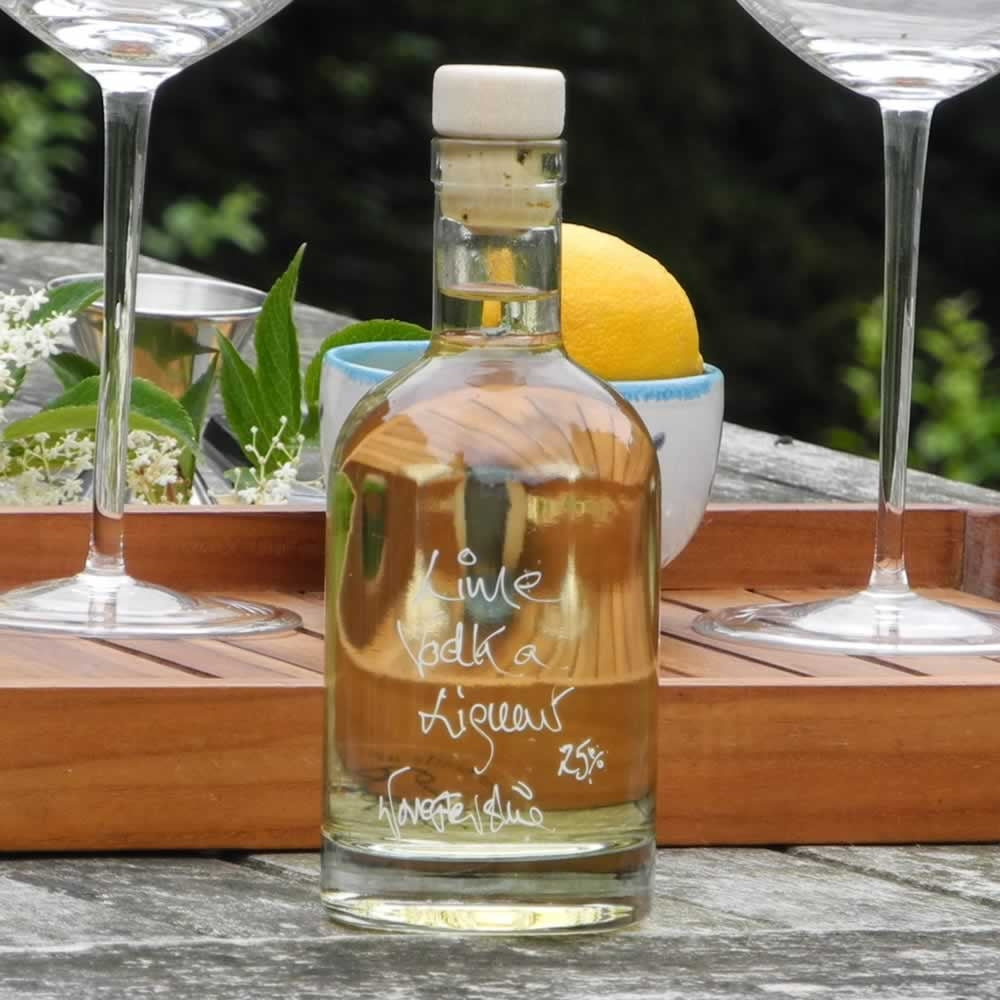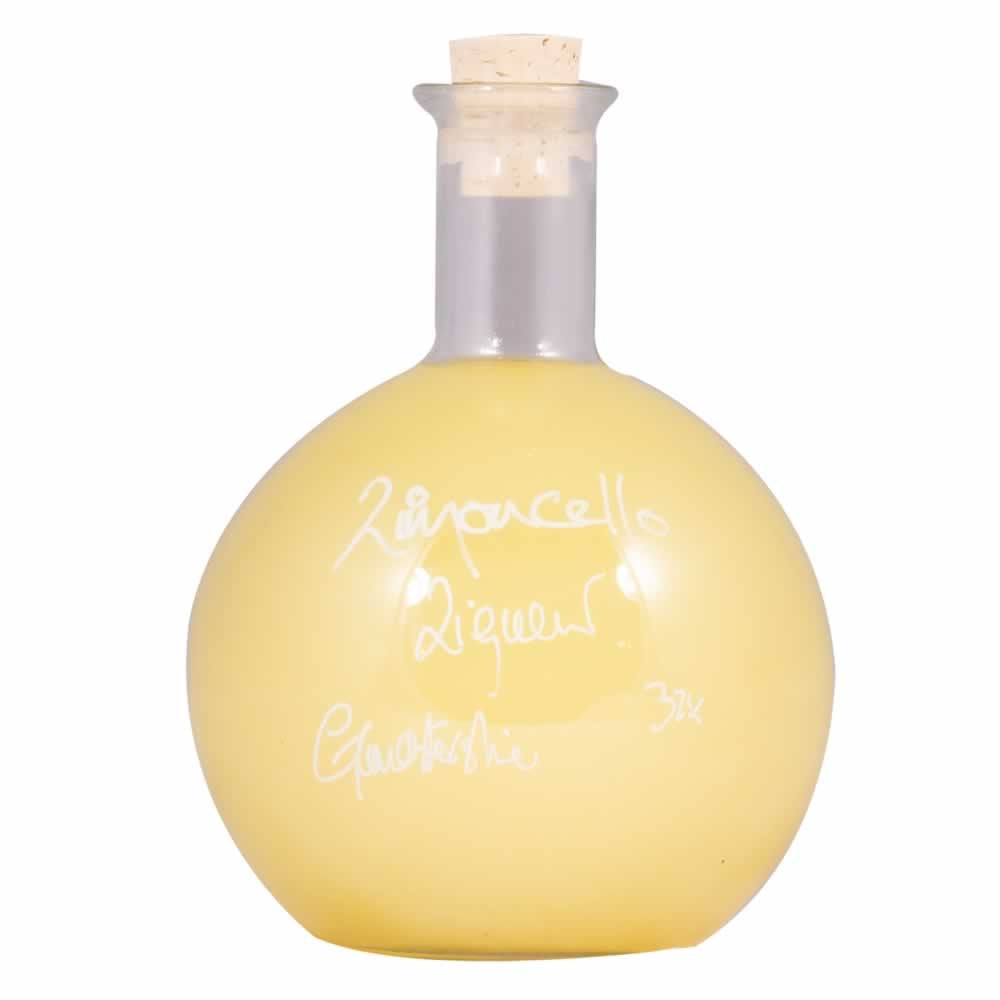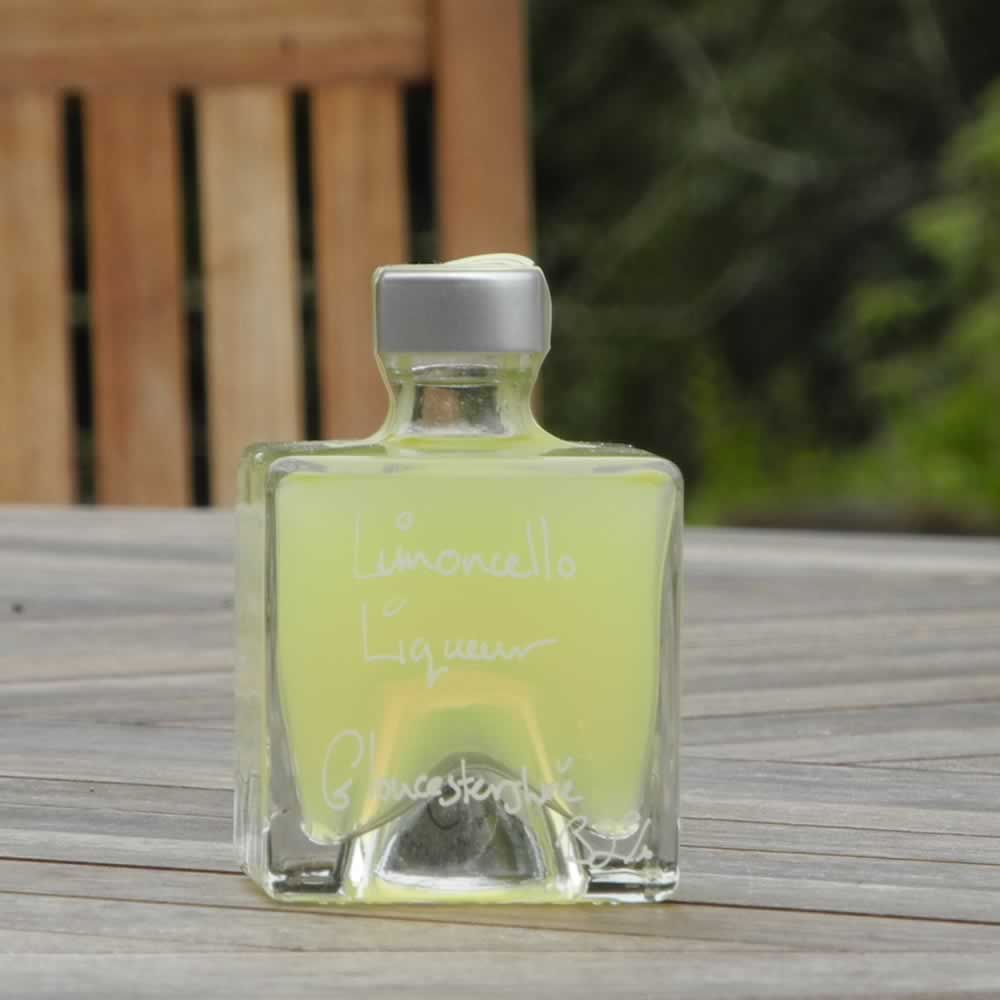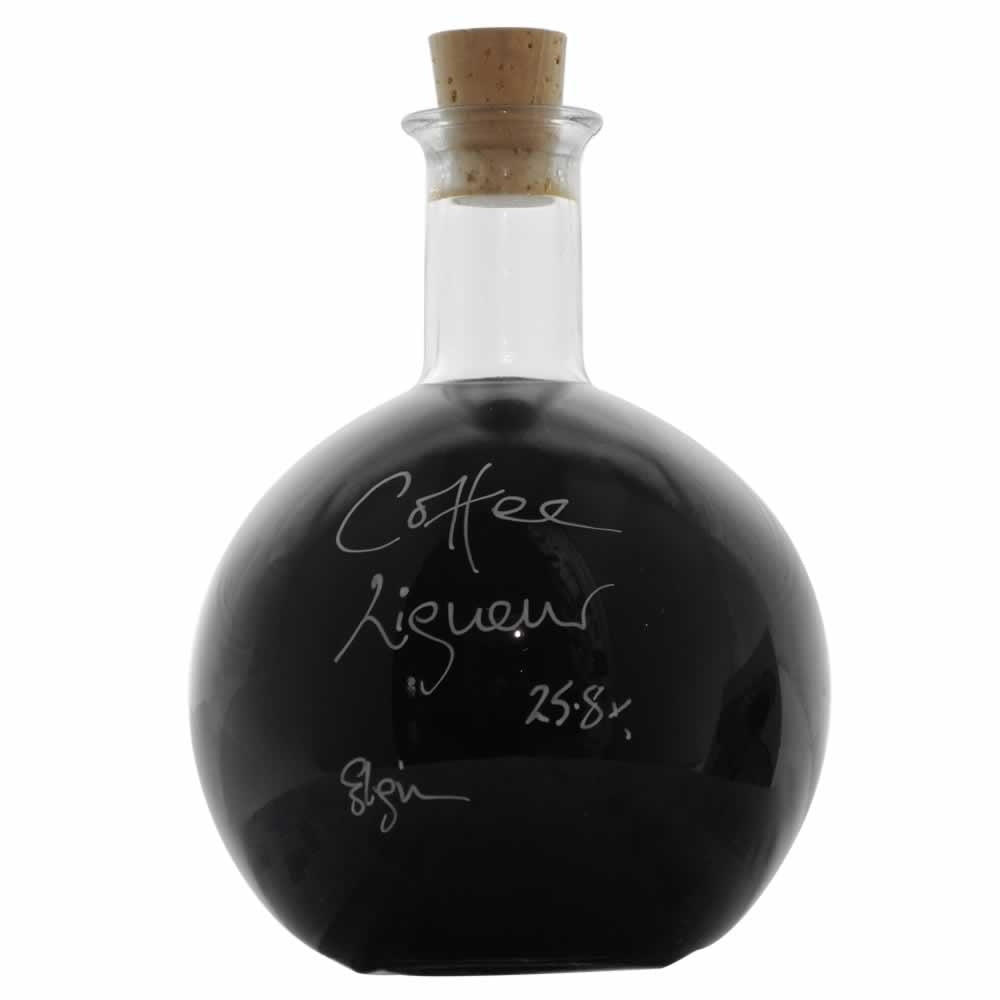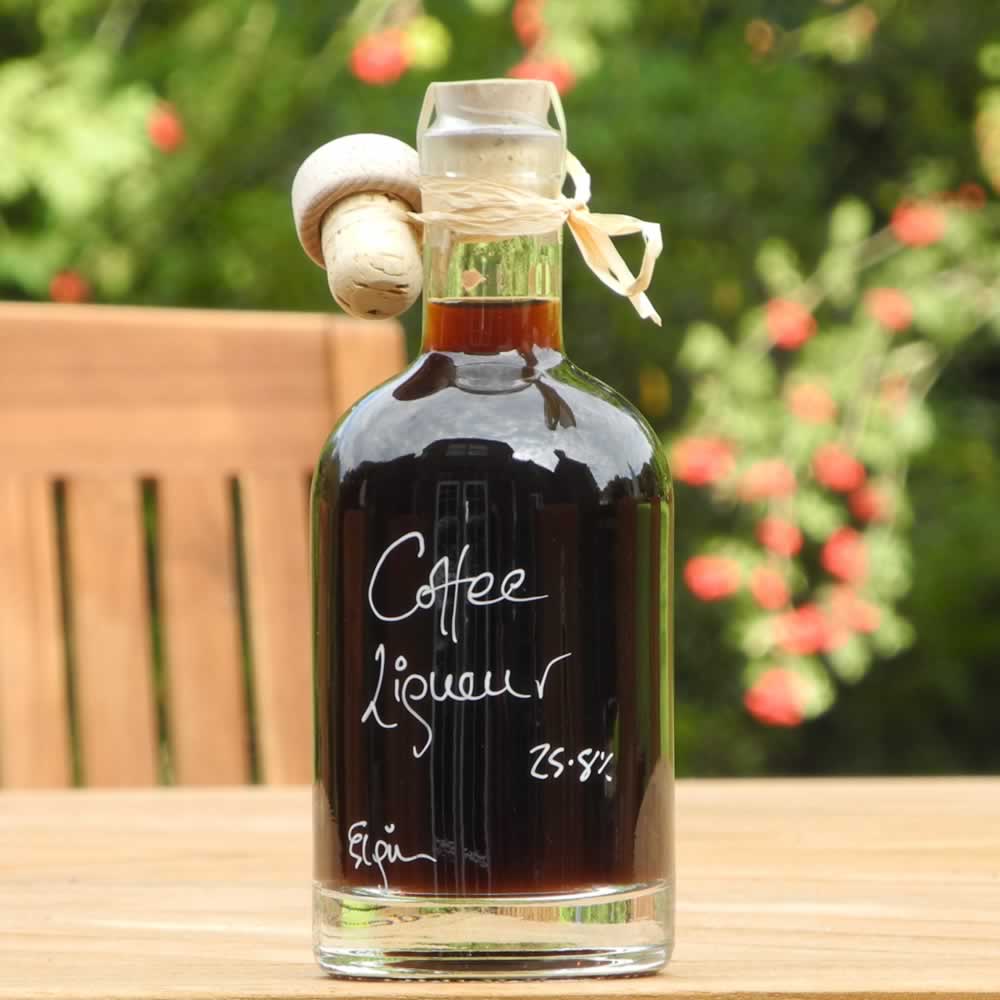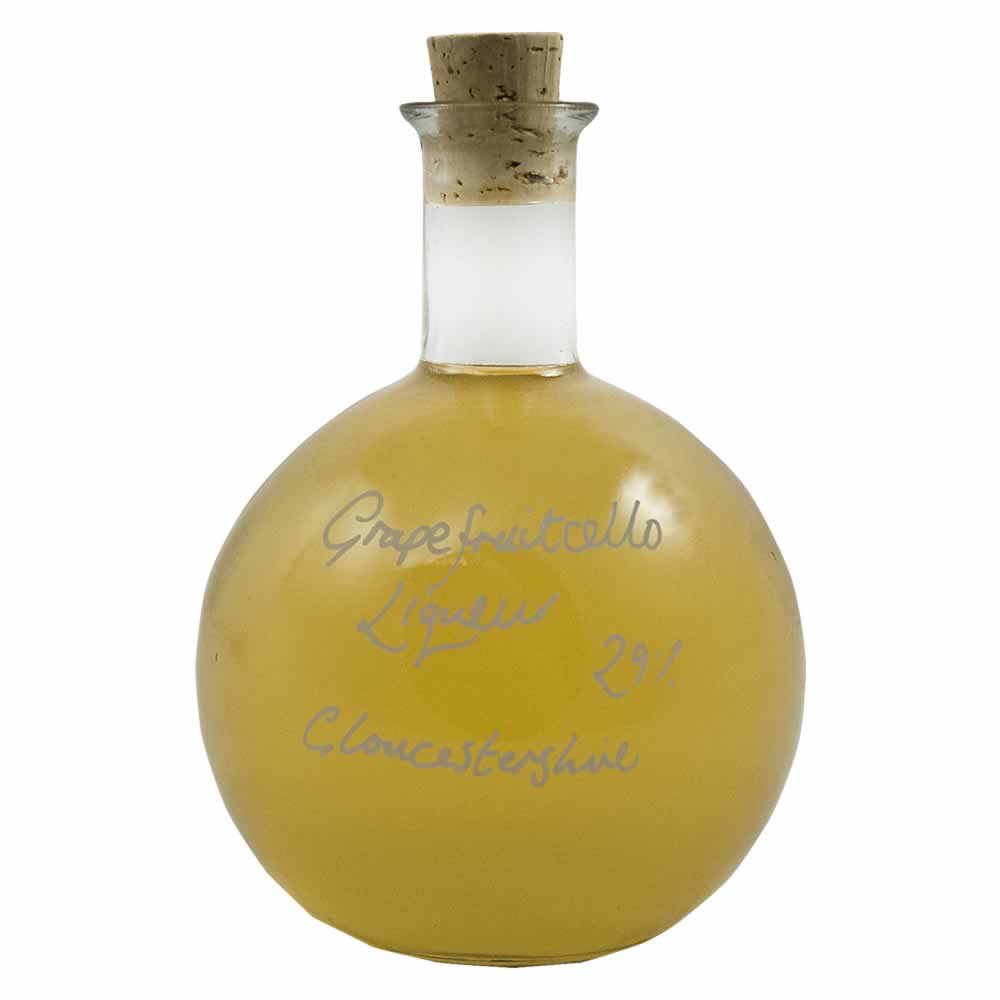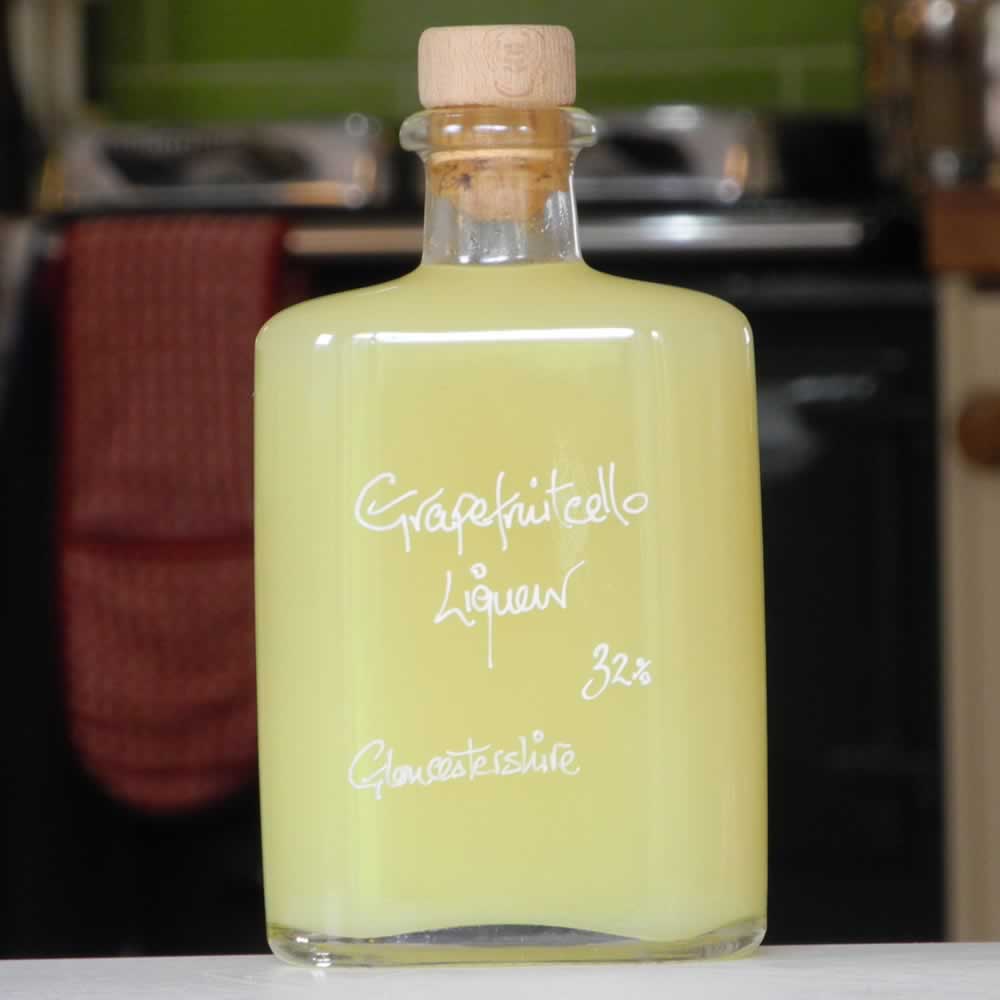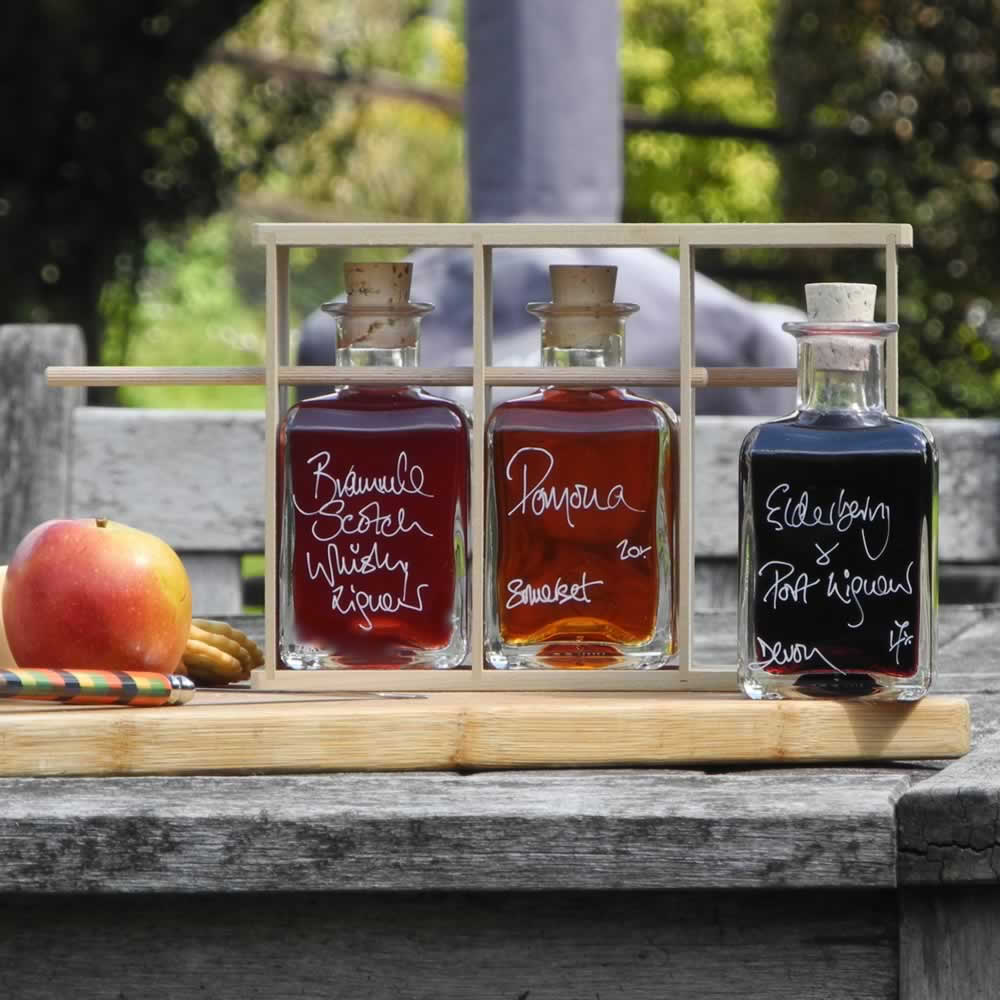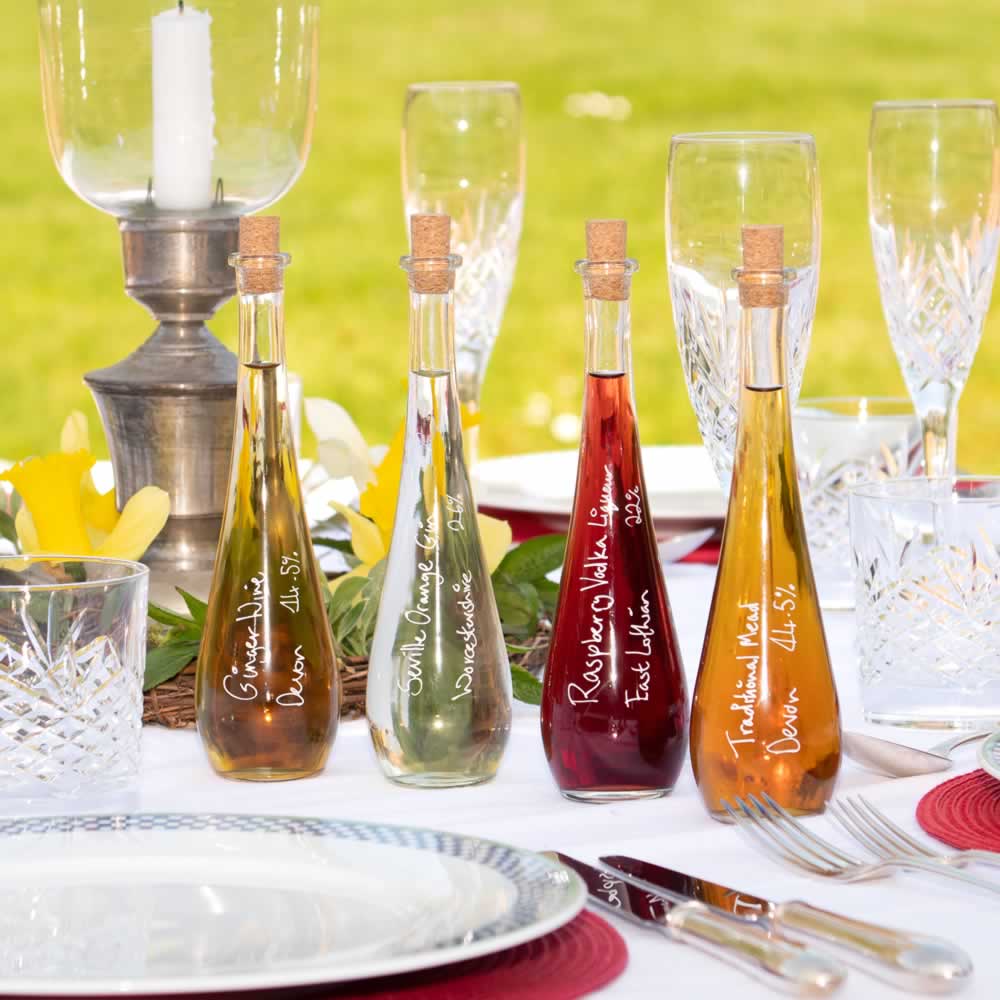Vodka
Vodka is often associated with a smooth odourless and strong spirit. However, flavoured vodka has also become increasingly popular. With the help of our small artisan producers in the UK, we have developed a fantastic range of vodka drinks. By infusing real hedgerow fruits such as raspberries, lime and rhubarb into premium vodka spirit, we have created our unique range of delicious tasting drinks.
Read more about VodkaVodka is often associated with a smooth odourless and strong spirit. However, flavoured vodka has also become increasingly popular. With the help of our small artisan producers in the UK, we have developed a fantastic range of vodka drinks. By infusing real hedgerow fruits such as raspberries, lime and rhubarb into premium vodka spirit, we have created our unique range of delicious tasting drinks.
What is vodka?
To put it simply vodka is just a clear distilled alcoholic drink that comprises mainly of water and ethanol. Vodka has quickly become one of the most popular drinks in our culture. However, vodka has been around for longer than we think. The word vodka is originally a Slavic word for water. Many of the Slavic countries have rooted names for vodka that inaugurate vodka as meaning ‘to burn’ which reflects the strong vodka alcohol percentage that it contains.

History of vodka
The possible origins of vodka date back as far as the 8th century. However, the place that it originates from is still for debate as some claim that vodka originated from Russia and some claim it was Polish vodka that was established first. Regardless of the origin, the vodka alcohol content was and still is very similar, Russian vodka as well as Polish vodka both ranged between 40% to 55%. What differed in the production of vodka was the local traditions that became as vast as the traditions involved in making French cognac or Scottish whisky.

The tradition of making vodka continued with time and by the end of 16th century a large-scale production of vodka was established in Poland. This expansion in production enabled vodka to be exported and enjoyed in different countries such as the Netherlands, Denmark, England, Germany, and even the parts of the Black Sea basin. By the end of 18th century when Poland was controlled by the Russian empire the production of vodka was organised on an industrial scale marking vodka as a mass-produced product. By the end of WW2 many Eastern Europeans migrated to America, quickly spreading the popularity of vodka across the world.
How is vodka made?
Vodka is one of the most popular spirits in our modern day, but how exactly is it made? Traditionally, vodka is made from grain such as rye, corn or even wheat. However, some vodkas can also be made from potatoes and sugar beets. When a product is picked such as rye it is then combined with water and heated. When those ingredients are combined, yeast is then added to initiate fermentation, the yeast is added to convert the sugars in the mix to alcohol. After this is achieved the distillation process begins. This process is done by heating the liquid solution into vapor that returns to liquid when cooled. This cooled liquid is then filtered leaving a higher vodka alcohol content. To test if the desired vodka abv is met, a sample is subjected to what is known as a trial of fire. What this means is a sample of the distilled liquid is set on fire, if the liquid catches fire, then it is ready. However, if it does not catch fire the vodka is distilled again until it passes the trial of fire. This distillation process makes the vodka free of flavour. However, in recent times flavoured vodkas have gained popularity. Those flavoured vodkas are achieved by infusing the pure vodka base with different spices, fruits or even extracts to create different flavours. When vodka is distilled it does not need any time for maturation and can be bottled and shipped straight away. Although, despite it being able to be bottled straight away some vodkas are sent to maturation in oak casks and stored underground to create a unique character for the spirit.
How to drink vodka?
For a drink that was created in the 8th century you can imagine that there are a few different possibilities on how to drink vodka. Possibly the most popular and traditional way of drinking vodka is simply just drinking it neat. Drinking it this way requires the vodka to be freezer cold to enjoy the vodka to the fullest. Drinking vodka this way also requires an adequate number of appetisers to be served on the table to be shared with everyone involved. This is the traditional way of consuming vodka. However, over the years there has been significant improvements in the way we can consume vodka. Possibly one of the most popular ways to do so is by having vodka cocktails. There are many lovely cocktails that require vodka, such as espresso martini, French martini, Moscow mule or even Bloody Mary. Those are just a handful of examples from the countless cocktail ideas that are possible from using vodka.

If you thought that vodka is only for drinking, you would have been mistaken. Using vodka for cooking is also a possibility of achieving something great. One dish that uses vodka as a staple ingredient is Penne alla vodka. In this dish the pasta sauce is created by using tomato sauce, cream, and vodka, this combination creates the most wonderful flavour to the dish. Another way to use vodka in your kitchen could be implemented in baking as a substitute for water. Using vodka instead of water can make a pie crust flakier and more delicious.
Concluding thought
The rich history of vodka has without a doubt integrated this spirit into our everyday culture that we can all enjoy. On the outside vodka seems incredibly simple. However, the years of tradition and improvement to vodkas have created something very special and complex that we can now enjoy in all forms of the spirit.
Read less

